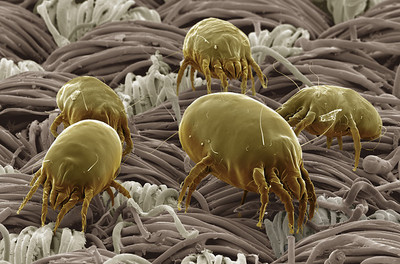Allergy Natural Home Remedies for Springtime
Hurrah! Spring has finally come! This is a good opportunity to look at natural home remedies for allergies. Most of the time, spring brings beautiful aspects such as-small baby birds, blossoming buds, and even small bunnies -this season brings some additional suffering related sources to millions of people suffering from allergies and having to brace for the sneezes, sniffles and wheezes of this early season. One of the most common allergies is hay fever which affects one in five Americans. It comes with annoying symptoms of congestion, a runny nose, and sneezing, itching eyes and ears, sleeplessness, some sinus pressure and fatigue. It’s much like the common cold except it continues for months at a time (not days like a virus-caused cold) as pollen circulates everywhere in the air.
So many people are seeking relief so it’s no wonder that companies are marketing every manner of concoction, pill and potion trying to restore easy breathing. According to the statistics of the American College of Allergy, Asthma and Immunology (ACAAI), there’s no unique approach to solving the problems of spring allergy.
Try to avoid these (so often costly) mistakes during the season of spring allergies:
♦ 1: Trying to solve the problem by spending mucho money.
Hundreds of products on the market claim to ease your allergy ailment and some of them work quite well for some people. A good remedy you can try is the use of nasal saline sprays or rinses, such as the neti pot. These are for people experiencing irritated sinuses. Just make sure not to overuse them and use distilled water.
♦ 2: Having lack of knowledge about your enemy.
Most of the time people try to treat most of their allergy symptoms without even knowing what they’re allergic to or even if they are really suffering from seasonal allergies. While hay fever is the main culprit for spring, other types of allergens might also cause symptoms.
Most people tend to think that they only have a seasonal allergy but more often than not they actually have them year-round. Most things like dust mites, cockroaches, cigarette smoke, air fresheners, hair spray, or the artificial fragrances in candles could be causing symptoms similar to hay fever allergies. Try to wash your bedding in a substantial amount of hot water once every two weeks to manage and combat dust mites. Use nontoxic pest management strategies to help combat cockroaches and other pests. Try to steer clear of synthetic fragrances. Besides the fact that they are irritating most of them contain chemical plasticizers that are linked to low IQs and hormone disruption.
♦ 3: Waiting to the point of feeling the pain.
If you happen to have allergies, try taking remedies that have worked for you personally in the past before the season started. Try to pay attention to the elements related to the weather-as when winter merges into spring elements related to pollens and molds are released into the atmosphere.
♦ 4: Allergens allowed into the premises of your house.
Once the cause is found (or in some cases the causes) for your problem and the application of the proper treatment is implemented, you should take some serious steps to try and keep the allergens that manage to agitate you out of your own home. If you are an allergic person who is sensitive to pollen, avoid keeping your windows open all the time. Try to remember to take a shower when you enter the house from the exterior. Most pollen counts are at the highest around the middle of the day so that is a good time to stay indoors.
♦ 5: Complaining about problematic products.
Most people who experience allergic reactions to pollen can also experience what is known as oral allergy syndrome which can affect almost a third of persons suffering from seasonal allergy. Our immune systems can be fooled by the similarity between typical proteins of pollen and those in some foods. This can result in foods triggering a reaction. If you happen to be allergic to tree pollen you may want to try avoiding apples, apricots cherries, apricots, pears, kiwis, plums, or even nuts. Cooking or peeling these previous foods can aid to bypass a type of reaction in the example of some people.
If you think of it from a different point of view, researchers have found that certain types of foods are actually excellent natural remedies for allergies including hay fever. Broccoli or citrus fruits, collard greens, and even kale are full of compounds and elements that can help your body cope with allergy season.
This allergy soup is prepared with many ingredients that can be very helpful:
Boiling a whole onion along with the skin and with a clove of garlic is the first step. Then you should add chopped leaves and some diced taproots of evening primrose. The next step is boiling the ingredients for three to a maximum of five minutes, and adding 1 cup nettle leaves along with 1 cup diced celery stalks. Then you need to boil for another three to a maximum of 10 minutes. Removing the onion skins from the mix is the final step before enjoying.






0 Comments
You can be the first one to leave a comment.